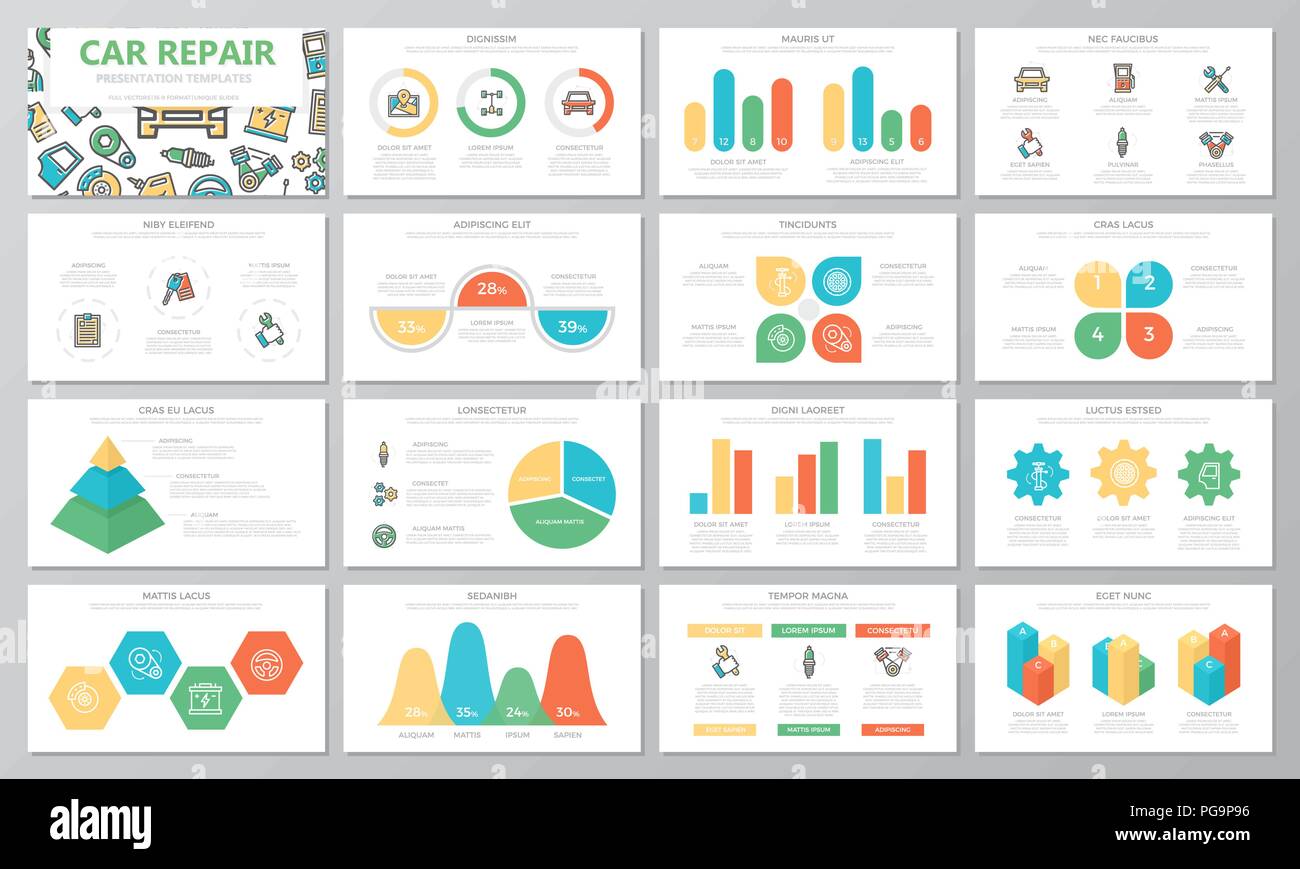Eager To Understand What The Control Panel Warning Lights In Your Auto Represent? Explore Their Meanings For The Wellness And Security Of Your Automobile
Eager To Understand What The Control Panel Warning Lights In Your Auto Represent? Explore Their Meanings For The Wellness And Security Of Your Automobile
Blog Article
Content Written By-Lim Gilbert
When you're behind the wheel, those radiant caution lights on your control panel can be a bit perplexing. Do you recognize what they're trying to tell you regarding your vehicle's health? Understanding the significance of these lights is important for your safety and the durability of your automobile. So, car detailing in auckland following time one of those lights turns up, wouldn't you want to decode its message accurately and take the required actions to resolve it?
Common Caution Lights and Interpretations
Recognize typical warning lights in your automobile and recognize their definitions to ensure risk-free driving.
The most common warning lights consist of the check engine light, which indicates issues with the engine or discharges system. If this light begins, it's vital to have your vehicle inspected promptly.
The oil pressure advising light indicates reduced oil pressure, calling for immediate focus to stop engine damage.
A flashing battery light may suggest a malfunctioning charging system, potentially leaving you stranded otherwise addressed.
The tire stress monitoring system (TPMS) light notifies you to reduced tire pressure, impacting lorry security and gas efficiency. Overlooking this can result in dangerous driving problems.
The ABS light suggests an issue with the anti-lock braking system, jeopardizing your capability to quit swiftly in emergencies.
Last but not least, the coolant temperature alerting light warns of engine overheating, which can result in extreme damages if not settled promptly.
Recognizing these common caution lights will certainly assist you deal with problems promptly and maintain secure driving conditions.
Importance of Prompt Attention
Recognizing the common warning lights in your cars and truck is only the very first step; the significance of quickly attending to these warnings can't be emphasized enough to ensure your safety when traveling.
When a caution light brightens on your control panel, it's your cars and truck's means of communicating a potential concern that needs focus. Overlooking these cautions can lead to a lot more serious issues in the future, endangering your safety and security and potentially costing you a lot more in repairs.
https://cheap-oil-change16059.blog-a-story.com/11564093/introducing-the-secrets-of-a-luxury-auto-repair-shop-experience to cautioning lights can prevent break downs and crashes. For instance, a blinking check engine light could suggest a misfire that, if left ignored, could cause damages to the catalytic converter. Resolving this quickly can save you from a costly repair.
In a similar way, a brake system cautioning light may signify reduced brake liquid or used brake pads, critical elements for your safety when driving.
DIY Troubleshooting Tips
If you see a warning light on your control panel, there are a couple of DIY fixing pointers you can attempt prior to seeking specialist assistance.
The very first step is to consult your auto's manual to recognize what the details caution light shows. Occasionally the problem can be as basic as a loosened gas cap causing the check engine light. Tightening up the gas cap may deal with the issue.
An additional usual issue is a reduced battery, which can cause various warning lights. Inspecting the battery links for corrosion and ensuring they're safe and secure may fix the problem.
If a warning light lingers, you can attempt resetting it by separating the auto's battery for a few mins and then reconnecting it. Furthermore, checking your car's liquid levels, such as oil, coolant, and brake fluid, can assist fix cautioning lights associated with these systems.
Conclusion
Finally, understanding your cars and truck's caution lights is necessary for keeping your car running efficiently and safely. By without delay dealing with these alerts and recognizing what they mean, you can prevent expensive repairs and possible failures.
Remember to consult your automobile's guidebook for specific details on each warning light and act appropriately to ensure a trouble-free driving experience.
Keep educated, remain secure on the road!
